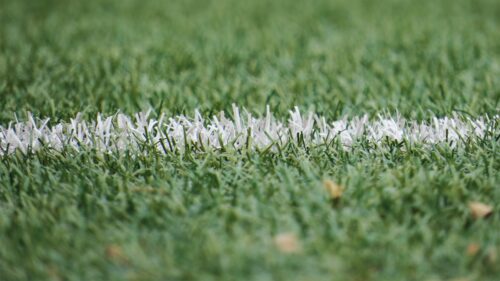
By Karen Hall
For the past seven years, my husband and I have walked in Bethel’s Golden Gardens Park and observed the flora and fauna living there, including the proposed threatened Western pond turtle. I am a lifelong naturalist, professional scientist and educator.
I think most people are aware of the problem of plastics in our environment. To consciously add that to the soil is a decision to pollute the soil and water for centuries. And that says nothing of the footprint of the production of artificial turf — even if outsourced outside of Eugene. The soil beneath the AstroTurf will no longer support life. When time is up and the artificial turf field gives way to something else, there will no longer be life in the soil to help anything living become established; therefore, more money will be needed to rectify the problem. The impact of plastics on wildlife is well known.
Studies that specify buffer widths are limited and highly variable between environments. The preferable way to conduct these studies on this question at Golden Gardens is through landscape-scale planning, with special consideration of the channels in and out of the ponds and connectedness to other natural spaces. Has this been done for the project? Five hundred feet is barely a start for ensuring long-term health of the area.
I note that when we first moved here, I had zero to few birds and fewer insects still for almost two years until I built back up, with native species, the postage-stamp-sized yard that I own. This speaks to the already depauperate environment — as scientists call an environment lacking in variety — that is the Barger Street area. Last year, I was thrilled to see a Townsend’s warbler at my suet feeder.
Over the course of my employer’s history, we have contributed to the recovery of three endangered/threatened species. I am involved in bringing back a critically endangered butterfly to the Willamette Valley. I know because I work on budgets: Helping endangered species recover takes millions of dollars and groups of organizations working together for a single species. It is far cheaper to do the right thing to begin with, before populations dwindle.
Northwestern pond turtles have low genetic diversity. If we lose them from the park, resiliency, or the ability to resist extinction from stochastic events, of the entire species is significantly lowered. Every single place where the turtle occurs is important for its longevity in our shared future. Will a 500-foot buffer be enough to ensure the migration of the species between aquatic and upland environments? What about a study defining their movement across the landscape before work is done?
Am I arguing against a sports park to save a single species? Yes and no. Yes, because I understand how difficult it is to recover a species once it is on the path to becoming endangered. And this one is in “proposed threatened status” by the U.S. Fish and Wildlife Service, the government agency charged with the study and recovery of endangered and threatened species.
No, because as a biologist, I know that species don’t exist alone in ecosystems. The entire system functions only because it does so together through time and coevolutionary processes that drive intimate, hard-to-recover functioning relationships. If the development proceeds, the park will also lose many of its other-than-human residents and visitors.
I’ve watched for almost a decade a mated pair of bald eagles make the park their home. As activities, lighting, and noise increase and food supplies dwindle, they will move on. The herons, egrets, red-winged blackbirds, cormorants, coots, buffleheads, mergansers, cackling geese, otters and many others will become fewer in number and visit much less often.
As a naturalist, I can’t abide its destruction. Teamwork, life and problem-solving skills, often mentioned as the benefit to sports, can be taught through nature. This option is far less costly, builds on an existing ethos, is more widely impactful and is meaningful across the community into the future. Golden Gardens is already shining gold surrounding an Emerald City; it’s just waiting for you all to figure that out. I hope it isn’t too late. I’ll help you polish it.